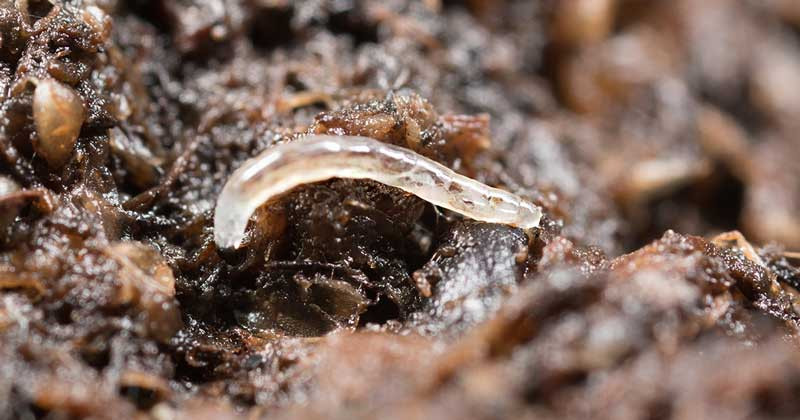Fungus Gnats

Often dismissed as more of a nuisance in protected plant culture, fungus gnats can easily get out of control if not attended to. We’re not sure why, but growers tend to overlook the negative impact that feeding fungus gnat larvae can have on plant growth, health, and yield.
FAQs About Fungus Gnats
Fungus gnats are a common pest in many facilities, establishing in the growing media and wherever moisture and debris accumulates. While they don't typically pose a serious threat to crops, they can be a nuisance to employees and may spread soil-borne plant diseases. Fungus gnats resemble small mosquitoes and can usually be found crawling or flying low near the growing media or floor.
Fungus gnat populations will remain wherever moisture and debris accumulates. Growing media is their preferred environment as it is rich in nutrients and remains constantly moist. They will not typically go away on their own unless the environment changes drastically. In order to limit their populations, keep your facility clean of debris and pooling water paying special attention to drains and cracks in concrete which can become breeding grounds for the pest. Treating regularly with a beneficial nematode species like S. feltiae will limit their ability to reproduce in your facility.
While adult Fungus gnats do not directly feed on living crops, the larval stage of the insect is known to feed on plant roots which can cause stunting of plant growth. Both life stages can spread soil-borne diseases such as Pythium, Rhizoctonia, Fusarium, etc. quickly throughout a crop. In the worst situations, their numbers can grow to a point where employees are inhaling the insect during crop activities.
Growing media is an excellent environment for Fungus gnat populations to thrive. Additionally, cracks in the floor, drain pipes, and other small crevices in your facility that are accumulating debris and moisture serve as a perfect breeding environment for this pest.
Questions About Fungus Gnats?
Our team of experts is at your disposal to help you make the best decisions according to the particular needs of your crop. Do not hesitate to call us during normal business hours at (503) 342-6698 or write us through our chat to provide you with personalized service. We will be more than happy to help you!


